
Politics
13:06, 03-Jan-2018
Why are Iranian's protesting and what’s at stake?
By John Goodrich
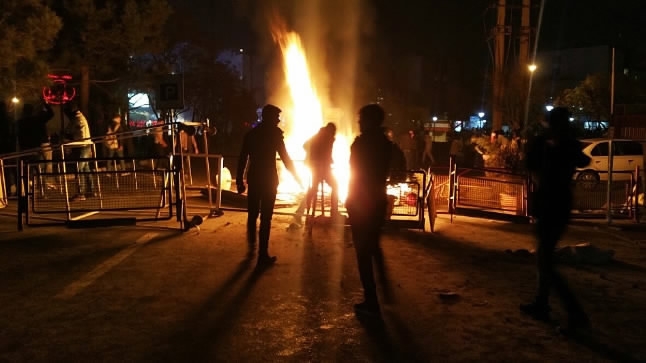
Economic protests have developed into political demonstrations in Iran, with thousands of people taking to the streets across the country since December 28 to voice discontent.
The largest protests in the country for almost a decade put the Iranian leadership in a challenging position: the demonstrators are from all regions of the country, from different parts of society, and have conflicting concerns.
The complex picture is compounded by the international angle. Iran is embroiled in a running battle with Saudi Arabia, Israel and the US, and the leadership has accused “enemies” of stoking the discontent.
Who are the protesters?
Protests began in Mashhad, Iran’s second city and a base for conservative clerics, on December 28 and have since spread to towns and cities across the country.
The first rallies focused on increases in the price of food and fuel, but later protests have revealed an array of dissatisfaction from different parts of Iranian society.
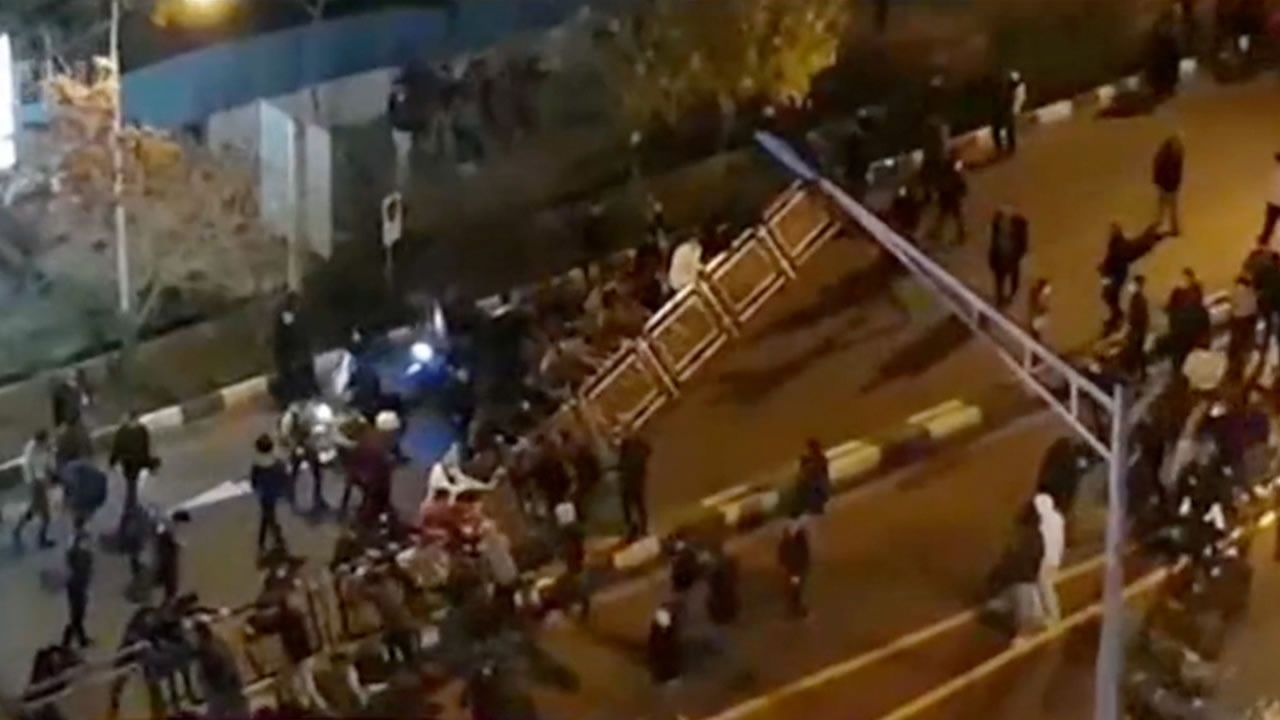
Many protesters are from poorer areas, hurt by a lack of jobs and high prices.
Some are opposed to liberalization of the country under President Hassan Rouhani, others believe the president’s reforms have not gone far enough and accuse him of failing to deliver improvements to the economy.
Why are they protesting?
Inflation and unemployment, together with the loss of savings from unlicensed credit and financial institutions, have been major issues of discontent. The price of staple foods has surged in recent weeks, and youth unemployment is estimated at 30 percent.
Anger has been voiced towards both Supreme Leader Ayatollah Ali Khamenei and Rouhani, as well as the dual system of rule employed in Iran. There have also previously been rivalries within the regime.
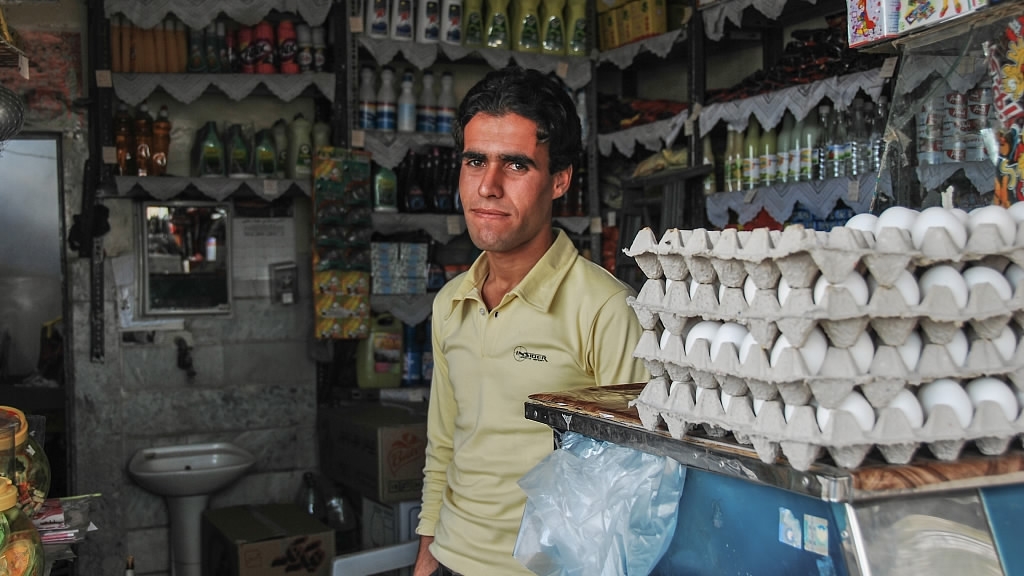
High food prices have stoked the protests in Iran. /VCG Photo
High food prices have stoked the protests in Iran. /VCG Photo
Iran’s activities overseas, notably financial support for the Palestinians and Hezbollah, but also its alleged involvement in Yemen, have attracted anger due to a perception that money is being spent overseas rather than on improving the lives of Iranians.
What are the state's options?
The Iranian leadership doesn’t have a simple avenue to quell the protests. The complaints and concerns voiced are varied, the protesters are from disparate groups, and there are no obvious leaders to target.
Iran witnessed widespread protests in 2009, following the disputed re-election of Mahmoud Ahmadinejad. These were quite different from the current uprising, however, given that they were led by a defeated presidential candidate Mir Hossein Mousavi and were in a specific cause.
Rhetoric has been hard, but action has so far been restrained. Two people have been killed, hundreds arrested and access to messaging apps has been restricted, but the country’s elite military forces have not been deployed.
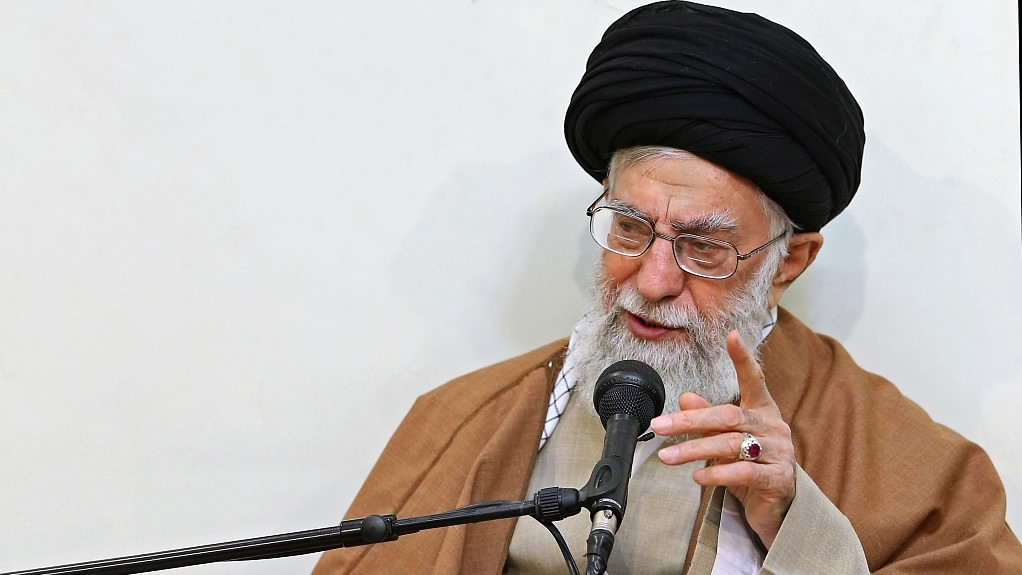
Supreme Leader Ayatollah Ali Khamanei delivers a speech in Tehran, Iran, on January 2, 2018. /VCG Photo
Supreme Leader Ayatollah Ali Khamanei delivers a speech in Tehran, Iran, on January 2, 2018. /VCG Photo
The government is seeking to strike a middle ground – act decisively enough to end the protests, but not so hard as to provoke anger and possible intervention from overseas.
Rouhani has acknowledged that there are legitimate economic concerns and made concessions, scrapping a planned rise in fuel prices and promising more help for the poor.
The government has said peaceful protests are acceptable, but has warned that violent demonstrations will not be tolerated.
The next challenge will likely come if, rather than fizzle out, the protests turn violent and the regime is forced to respond.
Why is the US involved?
Iran is at the center of a geopolitical struggle in the region, with the US, Israel and Saudi Arabia lining up against it.
During Barack Obama’s presidency, the US worked alongside other major powers to bring Iran into the broader international community. A deal to halt the state’s nuclear weapons program in exchange for a lifting of sanctions was struck in 2015.
The Trump administration has taken a different tack, panning the nuclear deal and threatening to “decertify” it while repeatedly hitting out at Iran’s leadership.
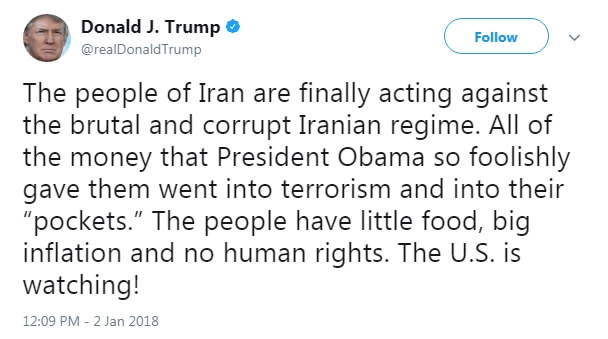
Twitter Screenshot
Twitter Screenshot
Senior officials, most prominently US Ambassador to the UN Nikki Haley, have led the charge with statements in support of the protesters.
“The people of Iran are crying out for freedom,” Haley, who has called for a UN Security Council meeting to discuss the protests, said. “All freedom-loving people must stand with their cause."
Trump to make nuclear deal call
US President Donald Trump must decide by mid-January whether to continue waiving US sanctions on Iran's oil exports under the terms of the nuclear deal.
Reimposing sanctions could make life more difficult for the leadership, analysts told Reuters, but would also send a message that the US is not interested in the plight of the Iranian people.
White House spokeswoman Sarah Sanders said on Tuesday that Trump has not made a final decision on whether to waive sanctions.
5602km

SITEMAP
Copyright © 2018 CGTN. Beijing ICP prepared NO.16065310-3
Copyright © 2018 CGTN. Beijing ICP prepared NO.16065310-3